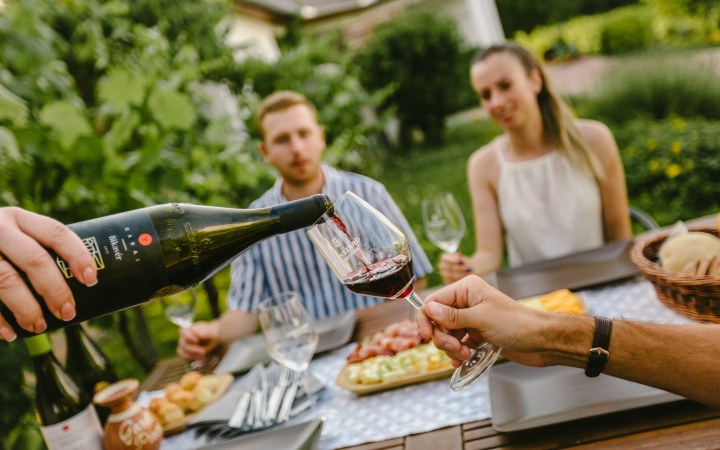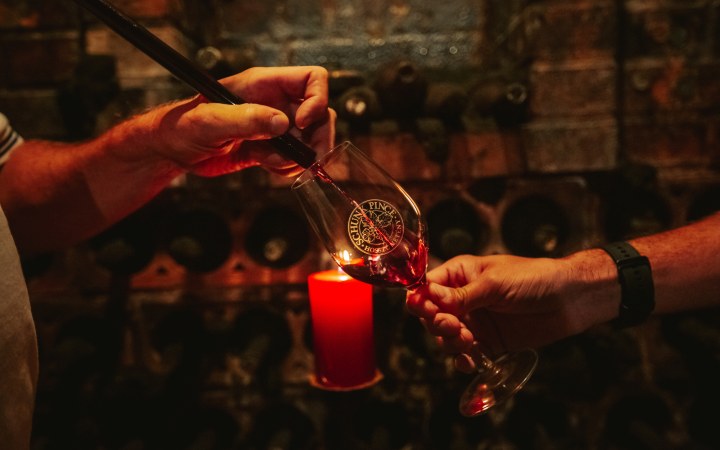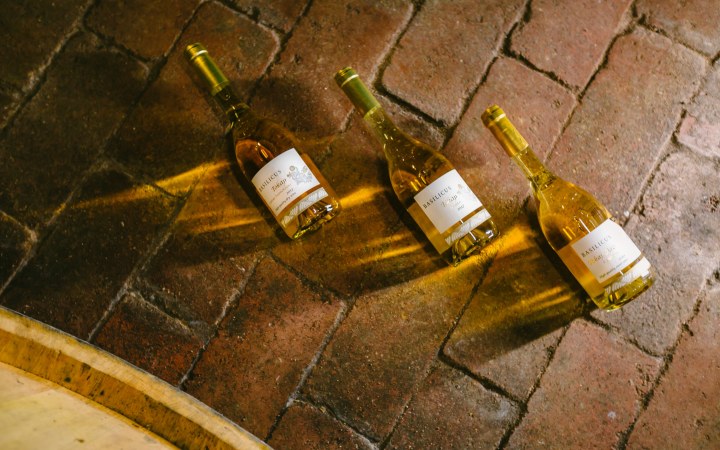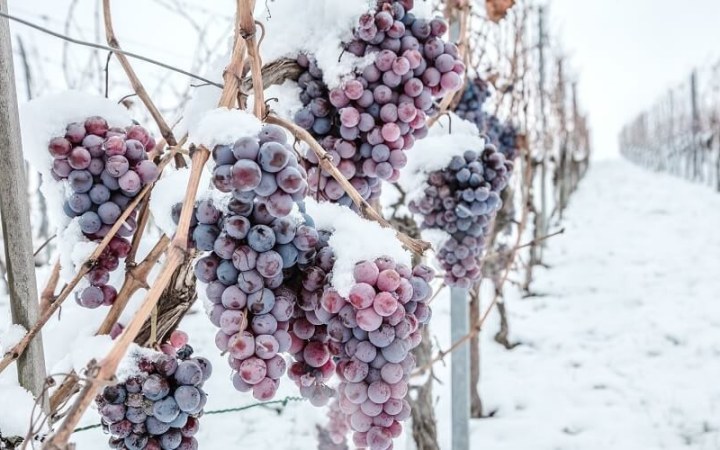The story of Bull's Blood dates back to the Turkish era. When Turkish armies attacked the defenders of Eger, according to the tale, István Dobó brought up red wine from the cellar for his warriors, who gained new strength from it. The superstitious Turks, seeing the red liquid, were frightened, believing the Hungarians were drinking the blood of bulls, thus adding a mystical element to our cause.
Although the legend has little basis in fact (as red wine was not produced in the region in 1552), the idea that Bull's Blood contributed to the success of the Hungarian defenders has persisted to this day. In reality, the name was given by János Garay, a poet from Szekszárd, who first mentioned the wine in his writings in the 19th century. It was later mentioned again in János Erdélyi's collection of proverbs, describing the red wines of Eger.
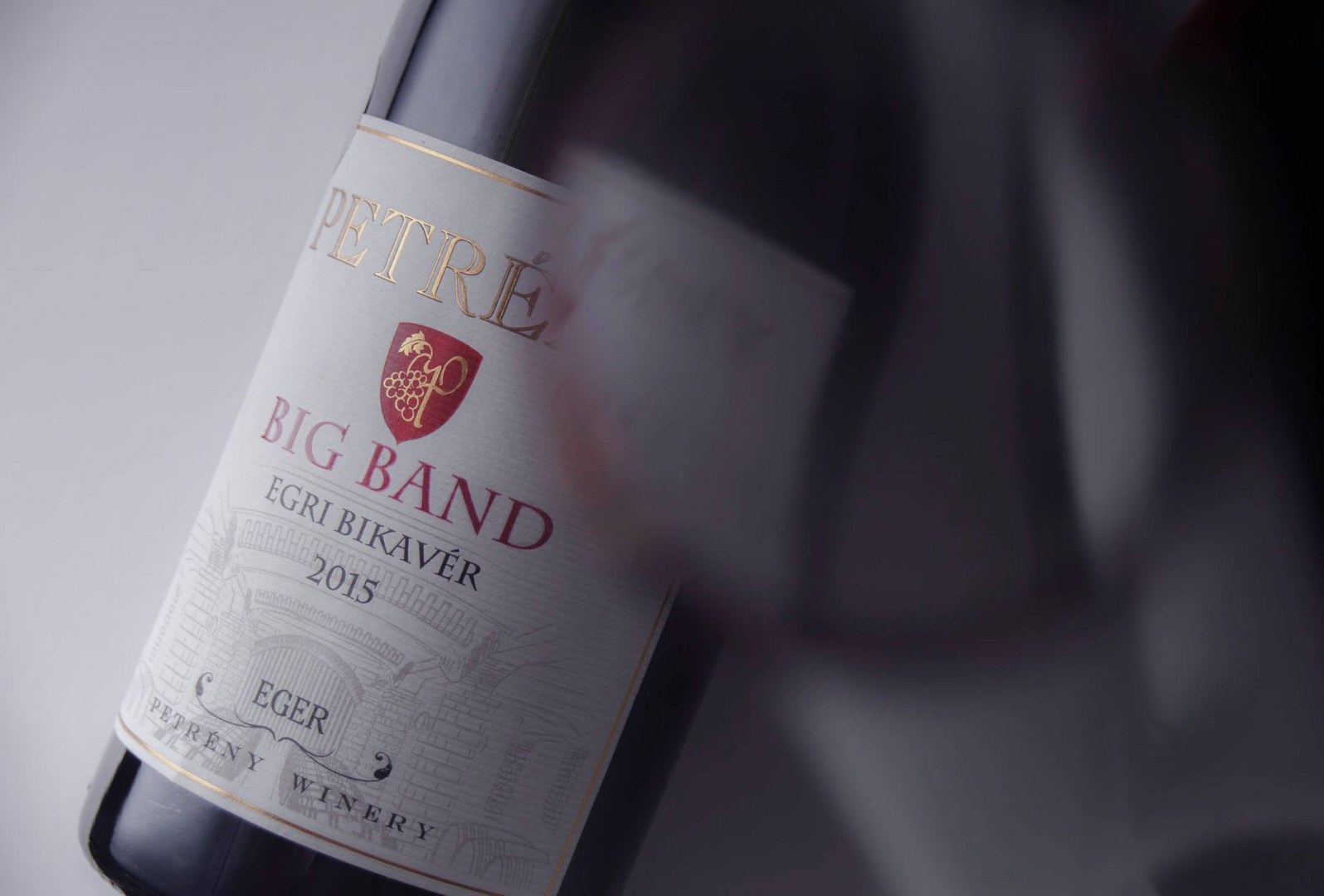
It's perhaps more important than owning the label that for nearly one and a half centuries, Bull's Blood has been exclusively made in these two wine regions in Hungary. No wonder the term became synonymous with “Hungarian red wine,” especially since it was produced for both domestic consumption and export, particularly in the 60s and 70s.
However, due to a decline in quality in the 80s and 90s, many turned away from it, leading to urgent changes after the change of regime, fortunately accomplished by both wine regions. Thanks to the origin protection regulations and the multi-level classification system introduced in the mid-2000s, the production of Bull's Blood has gained new momentum. While Eger has developed a three-tier classification method (Classicus, Superior, Grand Superior), Szekszárd distinguishes two categories (Bikavér, Premium Bikavér).
A common feature of both types of Bull's Blood is that their main variety is Blaufränkisch grapes. However, in both cases, the finished batch cannot be varietal, meaning no single grape variety can dominate the blend. Despite the same criteria, there are significant differences between the two types, mostly due to the characteristics of the soil.

Petrény wine tasting with basic wine selection in the Szépasszony Valley
Eger
6 490 Ft
Eger wines are usually characterized by higher acids, a cooler nature, the dominance of red, berry fruits, and a mild minerality, while those from Szekszárd are generally rich in alcohol and tannins, with their aromas more inclined towards ripe, dark berry notes, accompanied by an earthy character. The color of Eger Classsicus ranges from garnet red to deep ruby, and such wines are generally made with a 30-65% Blaufränkisch-based blend. Its rich, spicy, inimitable fruity aroma and full flavor are made unforgettable by aging and fresh fruit aromas, without a tannin emphasis.

The Superior format usually signifies a mature, full-bodied wine, which gains its substantial content from long barrel and bottle aging. The Grand Superior category typically features single-vineyard selections with a unique terroir character (with some minerality). Szekszárd Bull's Blood must be made from at least four grape varieties. The base must consist of a minimum of 45% Blaufränkisch and 5% Kadarka, with up to 40% of other varieties like Cabernet Franc, Cabernet Sauvignon, and Merlot. The basic category of Szekszárd Bull's Blood in terms of aroma shows black berry and fruity notes, complemented by ripe barrel tones, and the harmonious acids resulting from the blend. In this case, up to 10% of Alibernet, Bíborkadarka, Blauburger, Malbec, Menoire, Mészikadar, Pinor Noir, Portugieser, Sagrantino, Syrah, Tannat, Turán, and Zweigelt can be added.
Compared to the basic Bikavér, the Premium Bikavér is of a large format, with a complex aroma, full and rich in flavor, while also being velvety and elegantly structured, without a particular emphasis on tannins. In this category, up to 10% of Syrah, Tannat, Sagrantino, Pinot Noir, and Malbec can also be added to the previously listed base grape varieties.
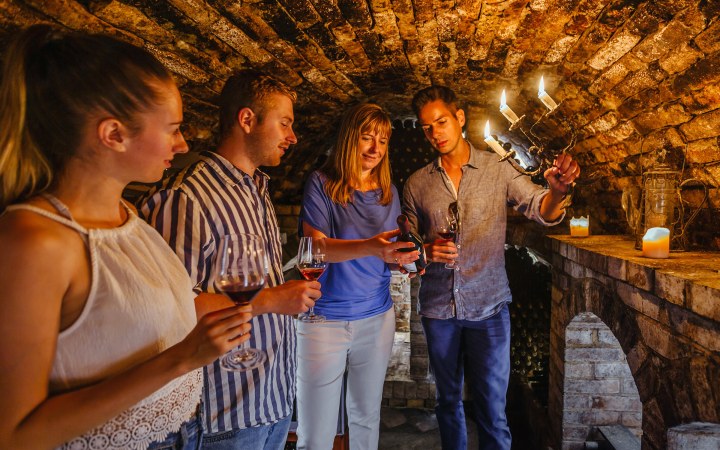
Garai wine tasting with wine dinner and ten wines
Alsónyék
19 990 Ft
When looking for a food pairing for any Bikavér, it's worth considering game meats, as deer meat, for example, can be an excellent complement to these full-bodied, richly composed wines. Additionally, stews and paprikash are also good choices; for instance, in the Szekszárd wine region, chicken paprikash is considered a real classic to pair with Bikavér.

